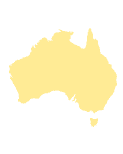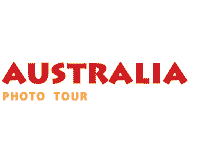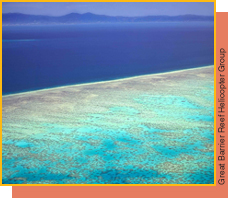|
|
| |
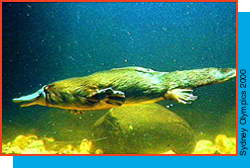 |
|
 Australia
has some of the most unique animals in the world! Most of Australia’s animals are marsupials, mammals
whose offspring mature in a pouch on the mother’s abdomen. Marsupials
include kangaroos, koalas, wallabies, and wombats. Two other unusual
Australian animals are the platypus (pictured here) and echidna, the
only mammals in the world that hatch their young from eggs. Australia
has some of the most unique animals in the world! Most of Australia’s animals are marsupials, mammals
whose offspring mature in a pouch on the mother’s abdomen. Marsupials
include kangaroos, koalas, wallabies, and wombats. Two other unusual
Australian animals are the platypus (pictured here) and echidna, the
only mammals in the world that hatch their young from eggs. |
|
| |
The interior region of Australia is also called the Outback. It is a huge, hot, dry area covered with plains, plateaus, and low hills. The Outback has a low population density, but it is good for sheep and cattle ranching. There are few paved roads here and most of the ranches, called stations, are hundreds of miles from the nearest town. Located at the center of the region is Uluru (Ayers Rock) - a huge, red-brown rock more than 1,000 feet high and one mile long.  |
|
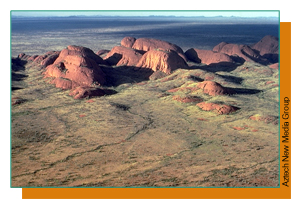 |
|
| |
|
|
